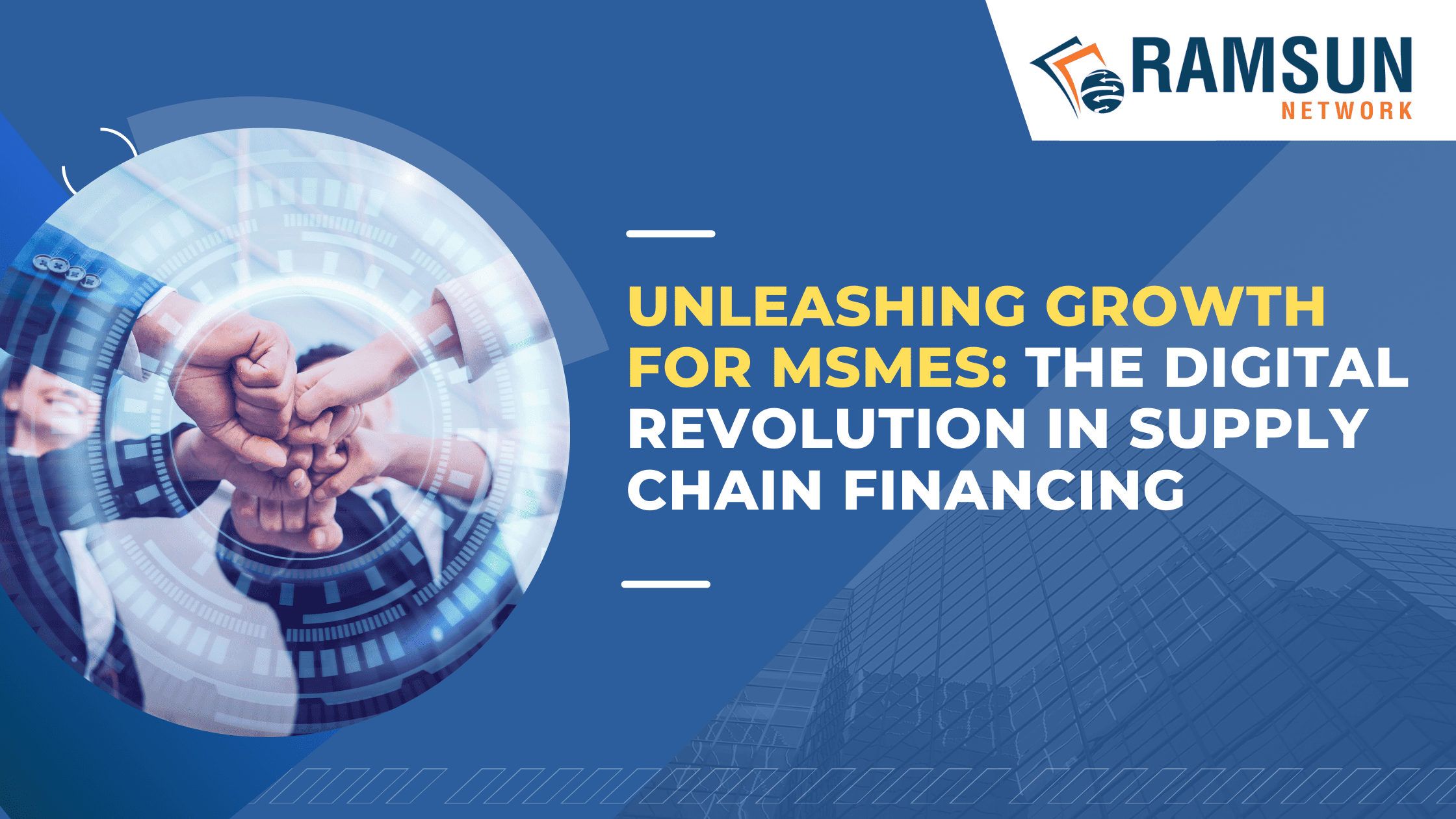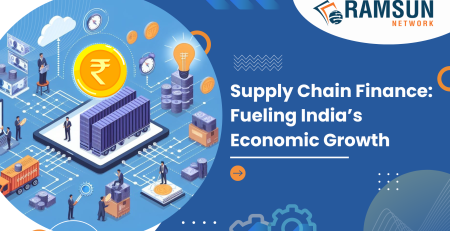Unleashing Growth for MSMEs: The Digital Revolution in Supply Chain Financing.

Introduction:
In the complex financial ecosystem of India’s economy, Micro, Small, and Medium Enterprises (MSMEs) stand as pivotal contributors, driving the gears of economic progress. Accounting for a significant 30% of India’s GDP and serving as a major employment engine, MSMEs embody the entrepreneurial spirit and economic resilience of the nation. However, these vital entities frequently encounter liquidity constraints and capital access challenges. Amidst this financial landscape, a transformative wave is emerging – the digital revolution in supply chain financing. Poised at the cusp of this revolution, MSMEs are set to experience a paradigm shift in overcoming traditional financial barriers and unlocking new avenues for growth and efficiency.
Understanding Supply Chain Finance
Before diving into the digital transformation, let’s understand what supply chain finance (SCF) is. SCF is a set of solutions that optimize cash flow by allowing businesses to lengthen their payment terms to their suppliers while providing the option for their suppliers to get paid early. This financial arrangement benefits both buyers and suppliers:
For Buyers: It means optimizing working capital and maintaining liquidity.
For Suppliers: Early payment leads to improved cash flow and reduced risk of buyer default.
Essentially, SCF is a collaborative tool in financial management, smoothing out the cash flow process throughout the supply chain.
The Digital Catalyst: Data and Technology in Supply Chain Financing
The landscape of supply chain financing is witnessing a seismic shift, thanks to the advent of new data sources and technology evolutions. This shift isn’t just a trend; it’s a transformational force, especially for MSMEs .
Let’s delve deeper into each point to explain how data and technology are transforming supply chain financing for MSMEs in India:
Enhanced Credit Assessment:
– Understanding Unique Business Models: Traditional credit assessments often fail to recognize the diverse and unique business models of MSMEs.
By utilizing advanced data analytics, lenders can delve deeper into an MSME’s operations, understanding nuances like seasonal demands, regional market trends, and customer demographics. This comprehensive analysis not only improves credit scoring accuracy but also ensures that financing solutions are customized, addressing specific challenges and opportunities faced by each MSME.
Automated Decision-Making:
– Streamlining the Loan Journey: Automation transforms the loan
application process into a streamlined, user-friendly journey. For MSMEs, this means simplified application forms, instant document verification, and real-time updates on loan status. The use of AI and machine learning for decision-making reduces biases and errors, ensuring a fair assessment. This efficiency is vital for MSMEs, where time saved is an opportunity gained in the market.
Real-Time Risk Assessment:
– Adapting to Market Dynamics: The business landscape is volatile, more so for MSMEs. Real-time risk assessment tools, leveraging AI and newer data sources, offer dynamic insights into market trends, regulatory changes, and economic shifts. These insights enable MSMEs to adapt their financial strategies in real-time, ensuring they are always aligned with the most current market conditions, thereby maximizing opportunities and minimizing risks.
Access to Capital:
– Expanding Financial Horizons: A fair credit assessment paves the way for broader access to capital. With improved credit profiles, MSMEs can attract a variety of lenders, including non-traditional financiers, offering competitive rates and flexible terms. This expanded access to capital is a game-changer, enabling MSMEs to invest in new technologies, expand operations, and explore new markets.
Increased Efficiency and Reduced Costs:
-Optimizing Time and Resources: The integration of data and technology in the financing realm is revolutionizing how time and resources are utilized.
For both lenders and MSMEs, this digital shift means a significant leap towards more efficient financial processes. By harnessing the power of automation and real-time data analytics, lenders are now able to expedite the underwriting process, swiftly identifying MSMEs with lower default risks.
This acceleration not only saves precious time but also reduces operational costs. For MSMEs, the impact is twofold: they experience quicker access to funds and benefit from potentially lower interest rates, as lenders pass on the savings from reduced underwriting expenses and minimized lending risks. This symbiotic relationship between technology and efficiency is carving out a new landscape where streamlined processes lead to cost-effective financing solutions, ultimately contributing to the robust growth and financial health of MSMEs.
Conclusion:
Embracing the digital revolution in supply chain financing is more than just adopting new technologies; it’s about transforming the very approach to financial management and business growth. For MSMEs in India, this is an opportunity to level the playing field, to compete with larger enterprises, and to establish a stronger presence in the global market. The future is digital, and for MSMEs willing to embrace this change, the possibilities are boundless.
———————————————————————-








Leave a Reply